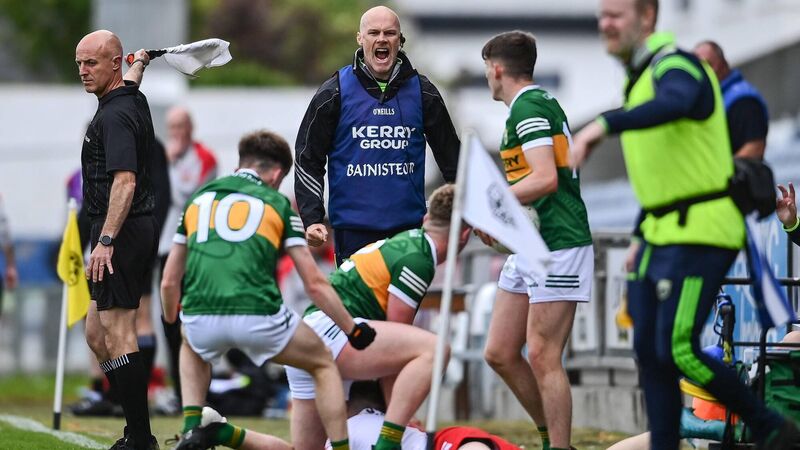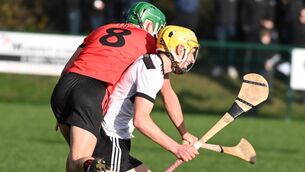Tony Leen: Who in the GAA's high towers and low fields is exercised enough to stoke football's big conversation?

PRESSURE POINT: Kerry manager James Costello is energised as his players force a turnover against Tyrone in the All-Ireland MFC quarter-final against Tyrone in Portlaoise.
ON any considered list of the poorest Gaelic football games of 2022, the shocking Cork-Louth All-Ireland SFC qualifier on June 4 deserves universal derision, but dishonourable mention should be made too of Kerry’s 0-8 to 1-4 All-Ireland MFC quarter-final slog against Tyrone in Portlaoise a fortnight ago.
Whatever of Louth’s miserly intent at Páirc Ui Chaoimh in the senior grade, the scariest part of the trench warfare in Portlaoise on June 11 was the punch-in-the-nose realisation that this may be the awful, grim expression of football’s future.











